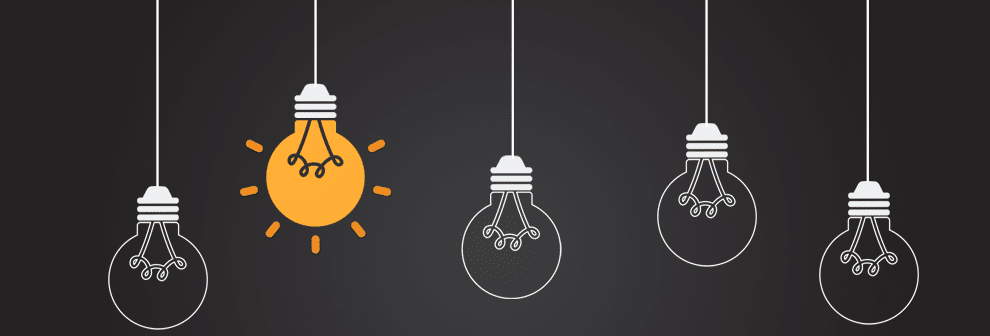Smart home and automatic lighting. 5 ways to control lighting in a smart and automatic way

Home automation and smart homes in general have made it possible for everyone to manage lighting in a simple and automated way. Here are 5 ways to do it quickly and easily. With or without home automation, everything is possible with the smart home today.
Automating lighting simply with Philips Hue
When it comes to connected lighting in the home, Philips Hue is undoubtedly what comes to mind for most people. Philips Hue is simply the pioneer in this area. Very early on, Philips took the gamble of getting into connected lighting and chose Zigbee even though the protocol was not yet known. Many years later, it is clear that it was a winning bet since Philips Hue is more than ever a leader in the connected home, at least for the lighting part. A position that Philips really masters at their fingertips.
It is then natural to start by seeing how to automate lighting very simply with Philips Hue.
Automating a classic light with Philips Hue and a Zigbee module
If Philips Hue is a must-have in the connected home, it remains that the prices of Hue peripherals are still very high. But fortunately, Philips Hue having chosen Zigbee, the protocol that continues to rise. Several manufacturers offer Zigbee modules that are also compatible with Philips Hue. This is therefore a double success for the user, who can both control their lights with a module at a very affordable price (only €11) while benefiting from the power of Philips Hue. Finally, with a relay module, it is even possible to continue to use so-called classic or traditional bulbs
It is then natural to start by seeing how to automate lighting very simply with Philips Hue.
Automating a light with a wifi-connected bulb
There is also a simple, fast, and inexpensive way. This method is not as advanced as what Philips Hue allows since it is not possible, for example, to trigger lighting from another device without resorting to a third-party system. However, it is a way to simply start in the connected home with just a bulb and a smartphone. Many wifi bulbs exist on the market with very affordable prices. From the app, it is possible to create small automation scenarios on time slots, for example, and trigger the light remotely from wherever you are. I invite you to consult our test of the Konyks wifi-connected bulb, which allows you to take up the principle of connected lighting in wifi and controllable from a simple smartphone.
Automate a lighting with IFTTT
If IFTTT has also participated in the emancipation of the connected home, its strategy has changed somewhat in recent months. If the service is still as simple and effective as ever, it has recently become a paid service and its appeal has changed. However, it is also another way to control a connected lighting in an intelligent and automatic way. The advantage of this cloud service is that devices from different brands can be interconnected, even if they are not directly compatible. Let’s say you have a wifi opening or motion sensor from brand X and one or more light bulbs from brand Y. With IFTTT, it is possible to create a scenario for X to trigger Y.
Automate a light with a home automation scenario
This is probably the most complete and powerful way to automate lighting. With home automation, everything is possible. However, you will need a home automation server or a home automation box to achieve this. It is therefore a larger budget than other solutions, although with a DIY and free home automation solution such as Jeedom or Home Assistant, the budget for implementing the system will be very contained for a tenfold power.
Newsletter Updates
Enter your email address below to subscribe to our tasty newsletter
Have a Smart Home Project in Mind?
Feel free to contact us anytime, we are available 24/7 😉
